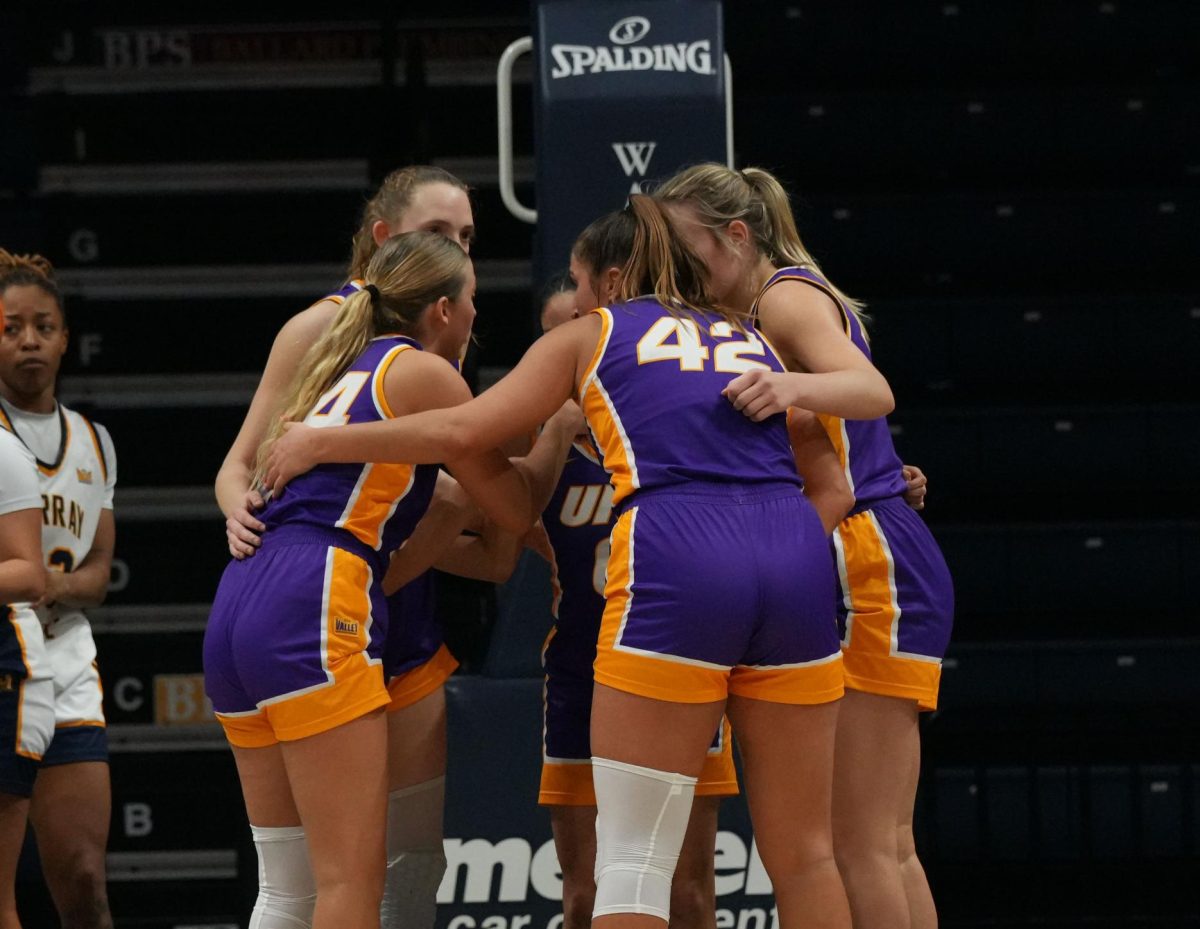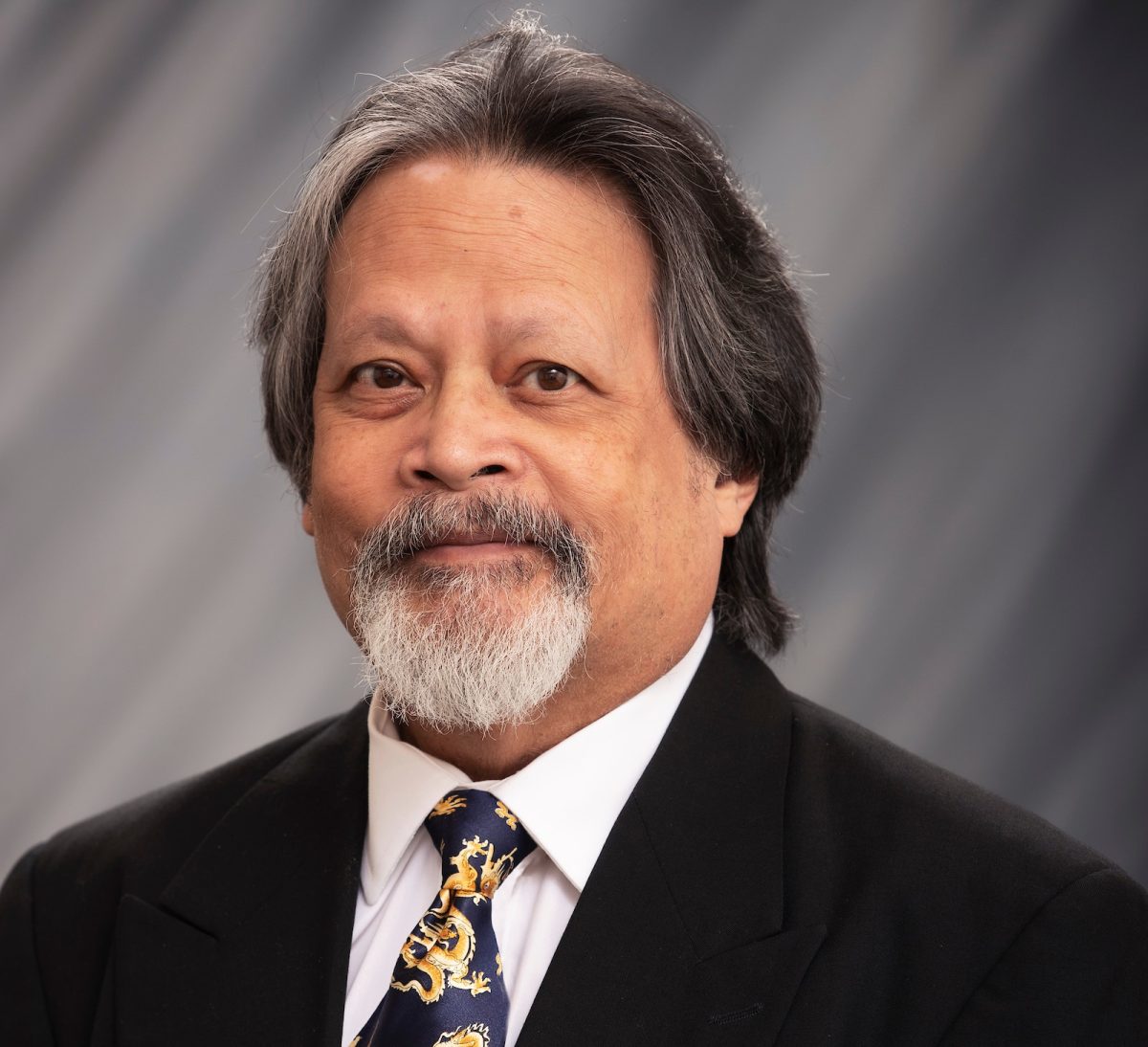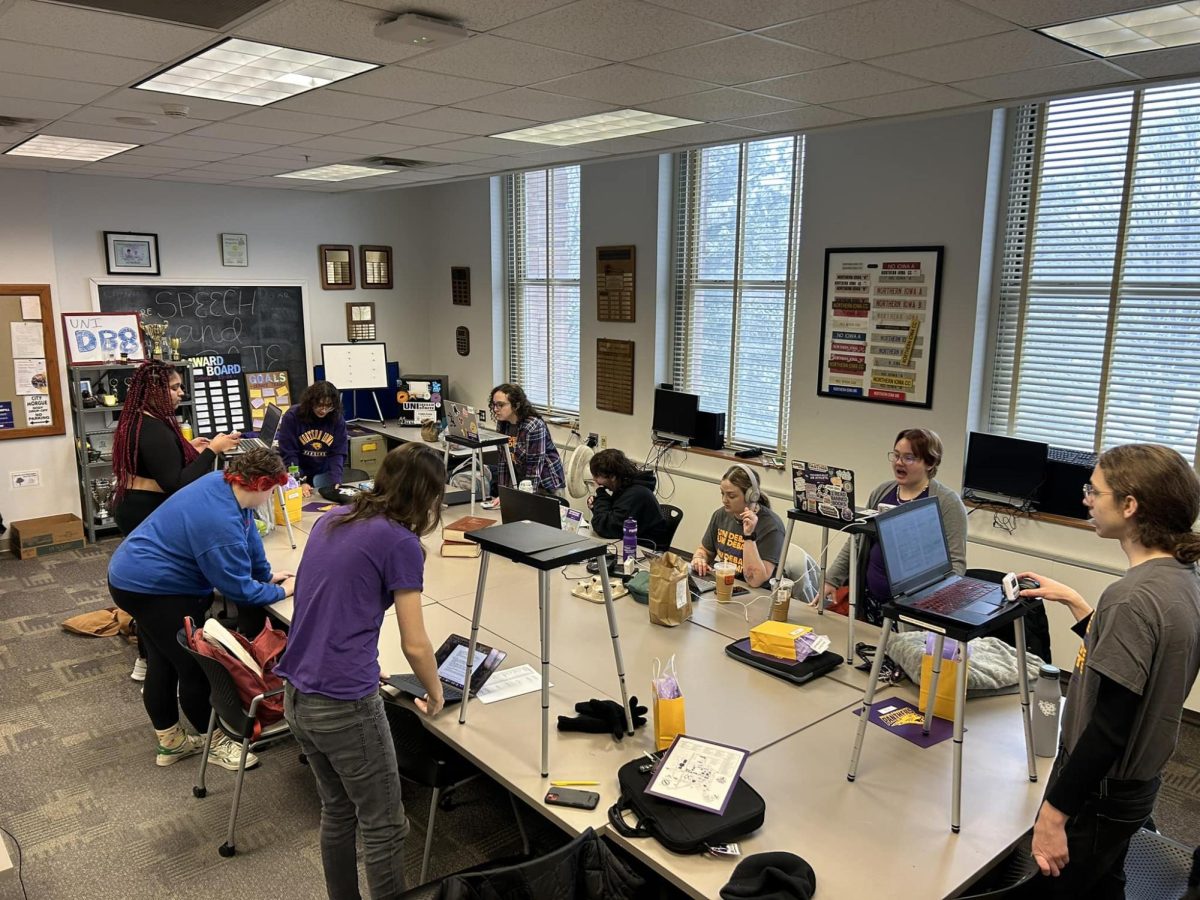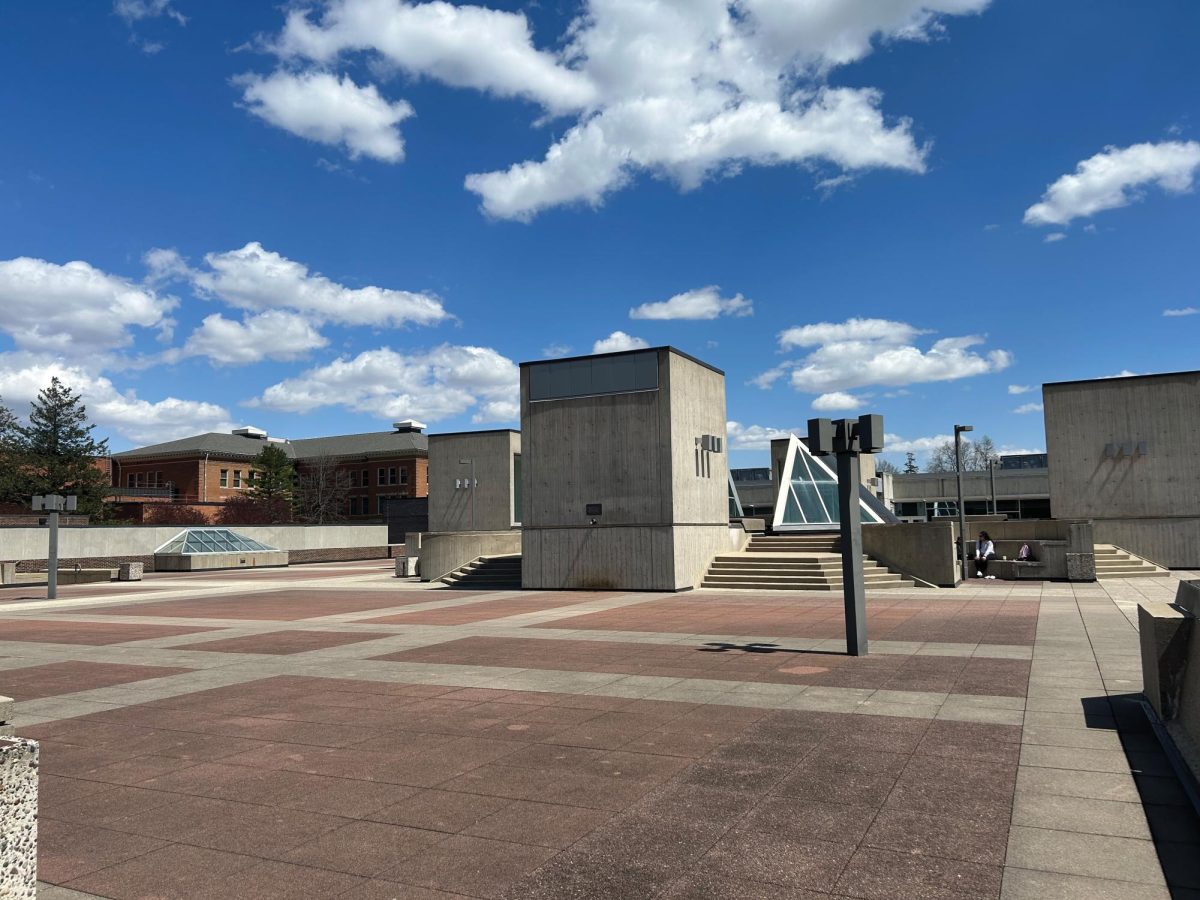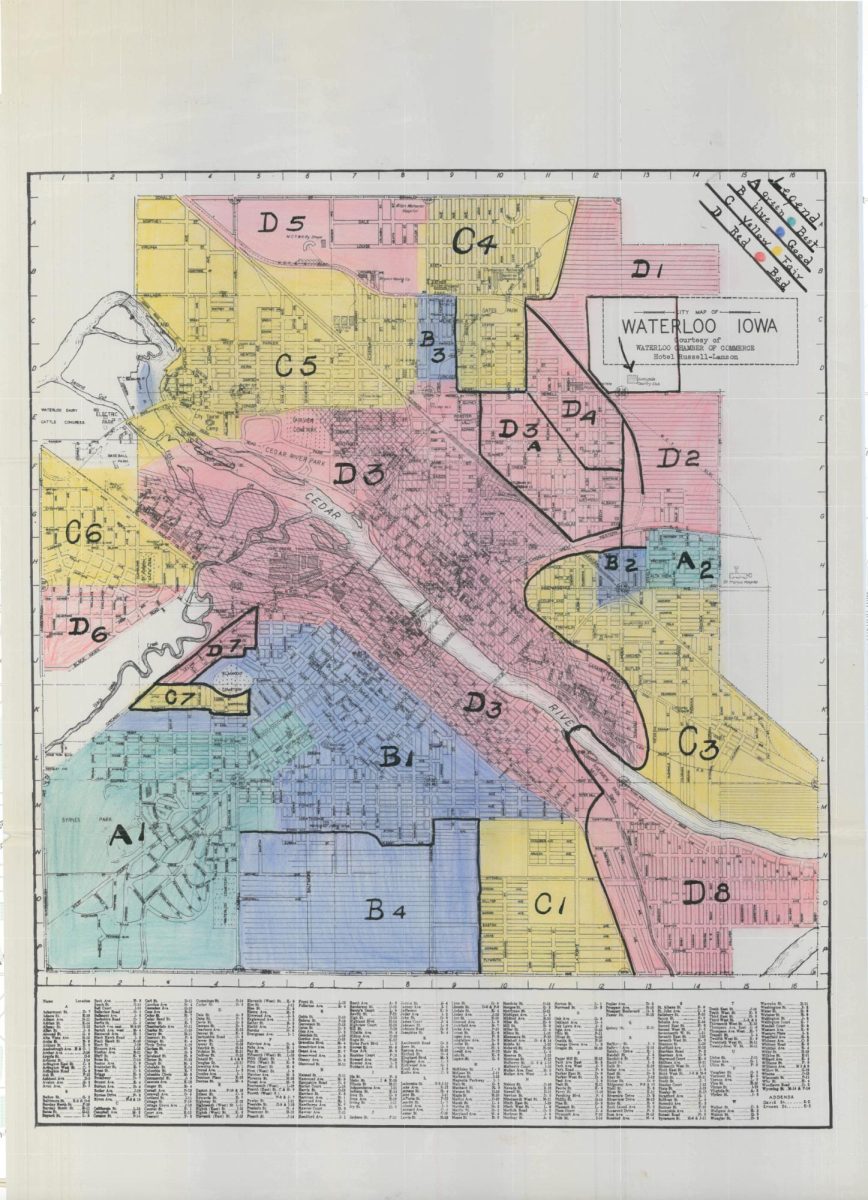Cloud Atlas works much like the symphony in the film that shares the same name: unfolding with many distinct movements and motifs that build together to create a complete whole that is greater than the sum of its many parts. At one point, one of the characters played by Hugo Weaving calls the symphony a sound poem, and that categorization applies to the film as well.
Rather than a sound poem, Cloud Atlas is visual poetry, seamlessly combining multiple plots, themes and even directorial voices in a way that is truly remarkable.
However, those reading this review shouldnt be scared away. The film is artistic, but never esoteric. The six separate plots are linear and charming on their own, but combined, they add multiple layers of meaning as the audience watches them intersect and play off of one another. A scene of English composers in the 1930s may cut to a dystopian Neo-Seoul in the mid 22nd century and then to a sea voyage in the South Pacific in 1844. Scenes of the far-flung future long after mankind has stopped counting years and has degraded in primal savagery are interspersed with present-day retirees planning a daring escape from a nursing home and a murder mystery in the 1970s. To summarize the plot would take an article all of its own, and would never do justice to the three-hour (and three-director) epic as the smaller, simpler plots grow into a seamless whole, each framing and encompassing the others like a Russian nesting doll.
One of the more amazing ways the film builds upon each of the stories is the use of casting. Actors reappear in each story representing the various reincarnations of characters from the (chronologically) previous story, and we see how each of their characters (or perhaps their reincarnated souls) change over several lifetimes. Tom Hanks, for example, lives as a greedy doctor, a corrupt hotel manager, a conscience-addled scientist, a dashing actor and a hermit seeking redemption. There is a clear arc to his characters, as there is for many other actors in the film, such as Jim Broadbent and Doona Bae of Lost. However, some are an embodiment of evil or are hapless saps meant to always get tossed around by fate no matter which time period they are in. This level of depth is only matched by how much fun it is to spot Tom Hanks, Halle Berry, Hugo Weaving and Hugh Grant through radical costume changes and massive amounts of prosthetic makeup.
What is unique about this film is the editing, in that this is really two movies (or six short films however you wish to look at it, I suppose) that have been cut together. The Wachowski siblings, in what is probably going to be their first home run since The Matrix (1999), and Tom Tykwer, of the awesome Run Lola Run (1998), each took three of the segments and filmed them simultaneously, and then cobbled this film together into a whole. The results are beautiful, in a way that is often breathtaking, with things falling dramatically in slow motion. They can also be humorous and quirky, like Tom Hanks with a pencil-thin goatee and gold chains speaking in a bad Scottish accent.
This film is one that literally combines different directorial styles and voices. The result is both gorgeous and completely slick. The film may come in at just under three hours, but is so well paced, action packed and tightly edited that not a minute drags, and the visual style of each storyline is so incredibly different and unique that the viewer is never left behind until the final act, when the directors begin stacking similar scenes together to elucidate on the recurring themes between the separate plots.
The musicians referred to in the beginning of this review also have a conversation about The Cloud Atlas Sextet, on which both collaborated on to create a work of art which no longer sounds like one or the others style, but can only be adequately described as ours. In this scene, the entirety of the experiment that is Cloud Atlas is contained. It is the sum of all the parts, the accumulation of stories and characters that makes Cloud Atlas great, and few movies ever reach the level of complexity and beauty that the Wachowskis and Twyker have so meticulously crafted.


